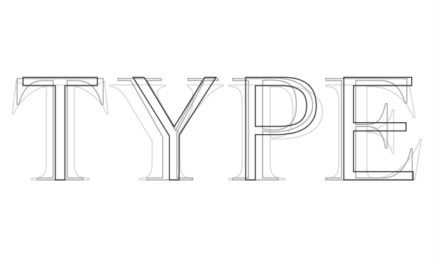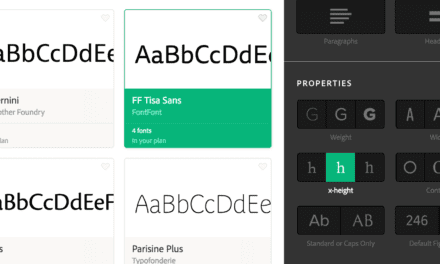ARTICLE SUMMARY: When it comes to User Experience all designers will tell you one of the keys to success is testing, testing and more testing.
The last thing any designer wants to do is put out a sub par product, especially in this global economy where reviews on any and everything is just a click away.
Testing can be tricky and depending on how you test there can be a number of drawbacks that affect your final results.
“What is ‘fake door’ testing in UX?” by Chris Kernaghan takes a look at types of testing and some of their pitfalls and how to avoid them. Topics discussed are
- What is fake door testing?
- How to conduct a fake door test
- What’s the verdict?
There are a lot of variables when UX testing in a controlled environment when the participants are being paid for their opinion.
‘fake door’ testing is an effort to minimize the Hawthorne effect that can give you a not so accurate test result that could eventually affect your bottom line.
Chris Kernaghan tells us “There’s nothing more honest than a person’s actions — especially so if a person doesn’t want to be as brutally honest as you want them to be. As with everything in UX, it’s not about choosing one methodology and using that in isolation. UX is the sum of its parts, and by using fake door testing along with other methodologies, you and your team are much more likely to get an accurate portrayal of user behavior.”
This article is very enlightening and well worth reading.
Let us know what you think in the comments.




